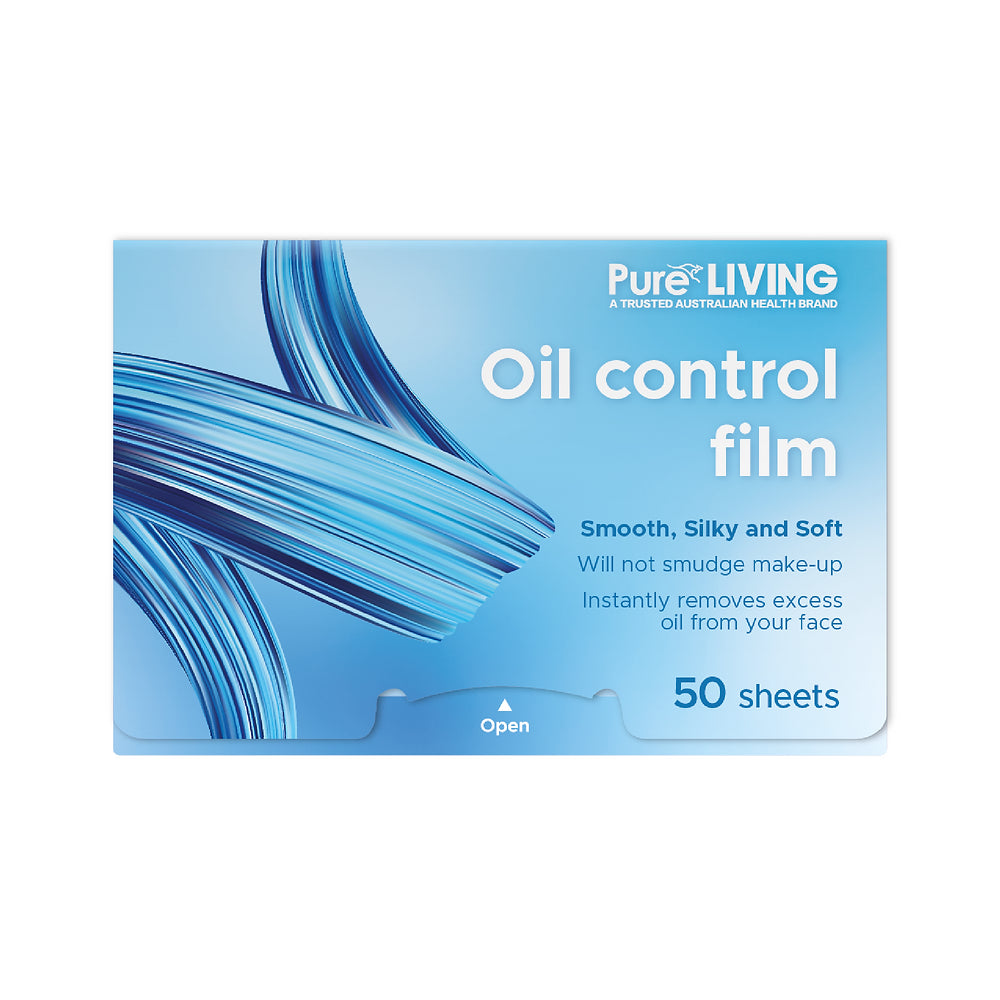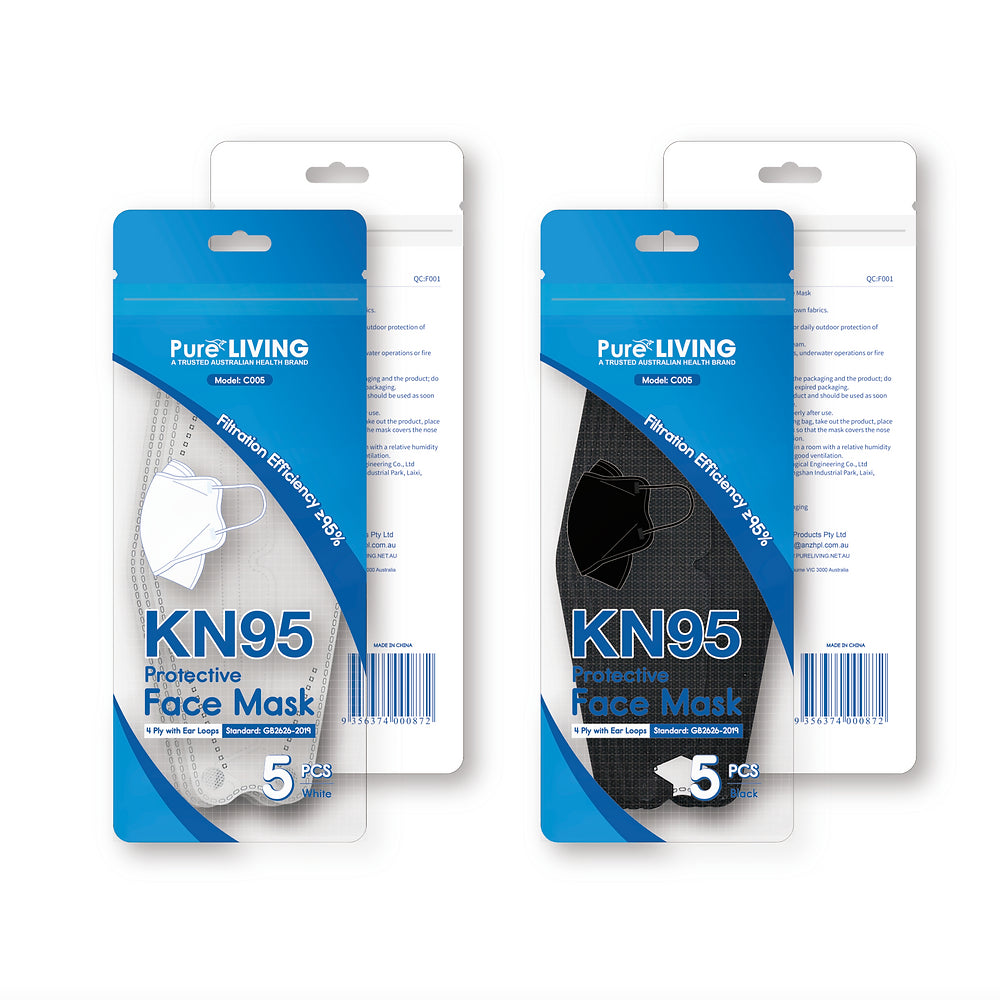Small, flexible, interdental brushes are made specifically to fit between teeth and remove extra food and debris. They may be a more pleasant and productive alternative to flossing because of their soft, bristled heads. But if you've never used one before, utilising an interdental brush has a little learning curve. To help you maintain healthy gums, we offer our top advice on utilising these type of brushes.
It takes more than just brushing to practise proper oral hygiene. You should also use this brush or another tool that may remove food particles between your teeth as part of your daily oral hygiene practice. To clean the parts of your mouth that a typical toothbrush can't access, use one of these small dental brushes.
Don't worry if you want to use an interdental toothbrush but are unsure where to begin. In this post, we'll go over how to use it effectively, when it's appropriate to use one, when to replace it and where to buy the best one. Let's move on to finding the perfect interdental brush size.
Why Is an Interdental Brush a Good Device?
According to the American Dental Association, employing interdental cleansers is crucial formaintaining healthy teeth and gums. The ADA advises using an interdental brush or flossingat least once daily to lessen your risk of gum disease or tooth decay.
These advantages were supported by the National Institutes of Health research, which foundthat using the brush brush in addition to regular brushing reduces plaque and gingivitis more effectively than brushing alone. Let’s read on about How Interdental Brushes Help Prevent Gum Disease and how you can use them perfectly:
Over 4 million people use braces globally, with 25% being adults in the US. Given the prevalence of this orthodontic procedure, understanding how to care for and maintain this dental device is essential. It can be challenging for many wearing braces to clean the food particles off the wires, brackets, and teeth.
You will discover the significance of maintaining the cleanliness of your braces and teeth inthis post. Learn about the advantages of using an interdental toothbrush and which brushsize is best for you.
Use of Interdental Brushes
The ADA advises using a dental brush or flossing at least once daily. You have the option ofdoing this in the morning or at night. The most crucial thing to remember is to incorporatethis product into your regular dental care regimen.
Others like to brush after using interdental cleansers, while others prefer to use them first. However, research has shown that utilising a dental brush or flossing before brushing is moreefficient. Let's say you select your preferred interdental cleanser first. The food particles caught between your teeth can be removed. After that, brushing can remove them more quickly and effectively.
Useful hints for using these brushes in an effectivemanner
-
Give them lots of care since gum tissue responds to it.
-
Do not push! Instead, use a smaller-sized brush.
-
You'll probably need to use several different sizes to clean completely.
-
Move the brush horizontally after passing through the opening.
-
In between your teeth, extremely near planes, use floss or tape.
-
When used as frequently as a conventional brush, gum interdental toothbrushes function best.
-
For the rear teeth, carefully bend the wire; don't cause it to break!
A Guide to Interdental Brushing
Due to ignorance, a lot of individuals don't utilise interdental cleansers. When using yourinterdental toothbrush for the first time, you can follow these steps:
-
Choose a size that fits snugly in your teeth's gaps. For various oral regions, you might want more than one size. Ask your dentist for suggestions if you need help choosing them. You can also read our A Guide to Reusable Interdental Brushes to get better understanding of these brushes.
-
Gently place the dental brush into the gap between your teeth. Please don't squeeze it too tightly. If it doesn't fit, you could use a smaller brush.
-
You need to move the brush in the direction of back and front. This procedure will assist in removing any food debris that has gathered or been lodged in that location.
-
Curve the wire slightly while using an interdental toothbrush for braces. You may ensure a more thorough clean by angling the brush to assist you in reaching the cables and brackets in between.
-
After each usage, wash your interdental toothbrush. If there is any food residue on your toothbrush, wash it off with water. Every time you use a brush, do this to keep the bristles in good shape.
-
Regular dental floss brush replacement should be done. Using a used dental brush is not advised since the instrument can stop working properly.
What interdental cleaning device is right for you?
There are several interdental cleaning devices available in the market, but choosing the rightone is crucial thing. Let's move on and have a look at the choices available and know moreabout Why Should You Buy Interdental Brushes?:
What size interdental toothbrush is ideal for those wearing braces? It's crucial to pose this question before you run out and get one for yourself. The appropriate interdental brush should easily suit your teeth's gaps. Effective cleaning will not be possible with too small of asize. You risk harming your teeth and gums if the brush size is too large.
Let's say you want to find the ideal interdental toothbrush size for braces. According to DentistryIQ, medium-sized brushes could be best for cleaning beneath orthodontic wires and around brackets. Contact your dentist for extra guidance on selecting the interdental toothbrush size that is best for you. They will often gauge the distances between your teeth and provide you with brushing size recommendations.
Using an angled brush is still an excellent choice. These interdental toothbrushes ofteninclude longer handles that are easier to hold and pre-angled heads that offer greater accessto the rear of the mouth, making them easier for those wearing braces.
There is an ISO size standard for numbering interdental brushes from 0 to 8 (range from 0.4 mm to 1.5 mm), according to Dentaly.org. But not all manufacturers adhere to this. Thesebrushes are frequently colour-coded to help distinguish between different types and sizes.
Diameters of interdental brushes
For cleaning around braces, a bigger size may be preferable. To meet various demands, interproximal toothbrushes are available in various sizes. Larger sizes are ideal for cleaning around braces, denture implants, and spaces created by missing teeth. The smallest interdental toothbrushes should fit between closely packed teeth.
Reference for interproximal brush size
Manufacturers colour-code their brushes to make it simple to distinguish between varioussizes. Sadly, not all of them utilise the same hues for each size.
Selecting the appropriate size brush
It's critical to pick the appropriate size for each area that needs cleaning. If the brush is tootiny, it cannot clean surfaces well. If it's too big, you risk harming your gums or teeth.
It should be easy to insert floss brushes into the space between your teeth. It should justneed a little pressure to be inserted. Stop and try a smaller size if it seems like you'restraining it.
Conclusion
Maintaining good oral health requires selecting the appropriate interdental toothbrushsize for braces. Now that you're armed with this knowledge, it's time to go forward and get ahigh-quality interdental toothbrush like the one provided by Pure Living.
This interdental toothbrush, which is soft on the gums and made for tight places, mightperfectly complement your regular dental hygiene regimen while you're receivingorthodontic treatment. Take control of your dental health with our goods from the dentist!






















